About This Project
In collaboration with the Museo de Arte de Puerto Rico we have completed a major study of the museum permanent collection using portable instruments. A priceless group of 11 paintings (from 18th to 20th century) of the Museo de Arte de Puerto Rico permanent collection were non-invasively analyzed with the help of portable instruments.
The Goal
Our goal is to map how the materials and techniques used by the artists fits the social and cultural dislocations caused by years of Spanish colonization and the later US invasion in 1898. This will allow to draw comparisons between the artists, to determine the role of the socio-political situation of Puerto Rico might played in the artists oeuvre.
The Investigation
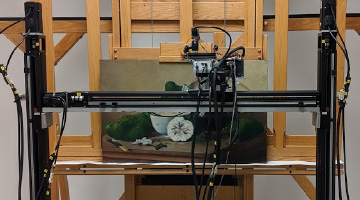
The Process
A set of complementary hyperspectral analyses, namely macro-X-ray fluorescence (MA-XRF) elemental mapping and hyperspectral imaging (from the visible to the near infrared region), were selected as the key non- invasive analytical techniques, due to their ability to yield chemical information at the elemental and the molecular level respectively. Both systems have motorized stages designed to collect chemical distributions across painted surfaces. This enable mapping and imaging to be performed in-situ at the Museo de Arte de Puerto Rico.
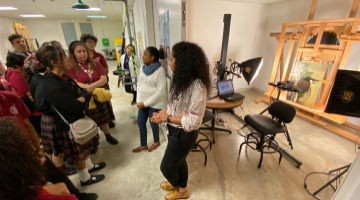
The impact
In addition to providing us with better technical understanding of the materials used by the Puerto Rican greatest artists: José Campeche (1751-1809), Francisco Oller (1833-1917), Ramón Frade (1875-1954) and José Chuchí y Arnau (1875-1936), which will help museum professionals make sensible decisions regarding its conservation, this study will benefit future research about Caribbean artists. The expected achievements from this work, with a particular focus on the materials provenance will fill a gap in the Puerto Rican art history of the museum permanent collection. Most importantly, the information gleaned from this study will be available to students and researchers for consultation to help understand the painting production dynamic during the Spanish colonial period and the impact of the US invasion. For Puerto Rican emerging artists the results will allow to understand the artistic tradition and ways of paintings.
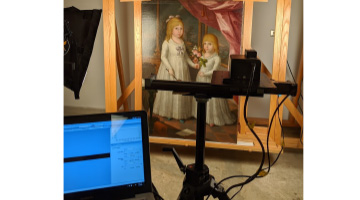
Scientific tools
In this study, portable macro X-Ray Fluorescence and Hyperspectral Imaging (HSI) together with micro-fragments sampled in strategic places were used to complement the imaging results.
A portable MA-XRF designed at Northwestern University was used for a clear understanding of the paint layers. During the experiment, the paintings are excited by an X-ray beam approximately 100 µm in diameter. The beam is moved relative to the painting, in order to scan its surface with a 4.8 cm of focus distance. The excitation of the paint generates emission of x-ray fluorescence radiation. The energy of the recorded fluorescence radiation is used to identify the elements present in the painting surface. The technique allow us to analyze the entire surface of the painting overnight and produce gray scale image maps of the elemental distribution characteristic of the pigments present in the different paint layers.
Micro-fragments are usually embedded into resin and polished to expose the various paint layers. A deeper understanding of the painting stratigraphy is then allowed. Shown above is a cross-section from a fragments sampled from the sky of Trapiche Meladero by Francisco Oller, Museo de Arte de Puerto Rico. Upon further microanalysis, the paint composition (pigments, binders, etc.) can be determined.
Case Studies
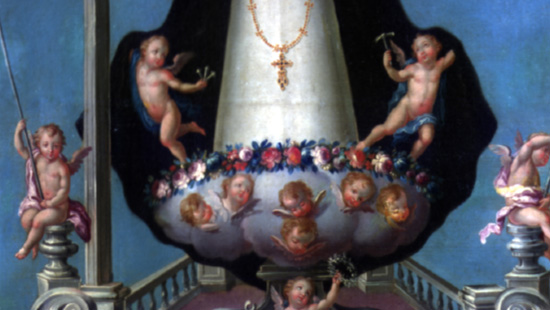
José Campeche (1751 – 1809
Son of a freed slave, was the greatest painter in Latin American during the time. He learned the arts from his family without any formal training, and never left the island. His palette include Prussian blue and madder lake which match with the soft (light) color's characteristics of the Rococo period.
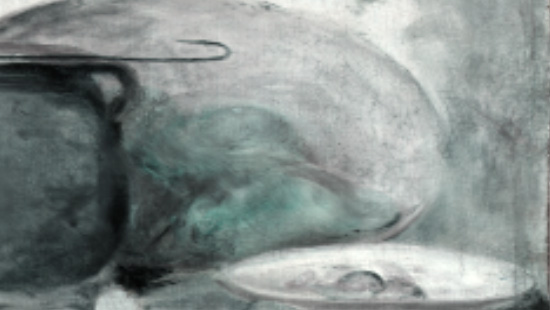
Francisco Oller (1833 – 1917)
First American artists to adapt the impressionists to the tropical skies of Puerto Rico. He captured the beauty of the landscape and its tropical fruits, and he often painted scenes illustrating some of the island’s social ills, in attempt to explore and define the aesthetic notions of national identity. Trained in the studio of Thomas Counture, L’Académie Suisse and L’Ecole Imperiale et Spéciale de Dessin. Our results revealed that even in the distance he was loyal to the palette used by his contemporaries in France during the impressionism. Due to his commitment to made the PR culture equal and great as the European as for example the Parisian ones.
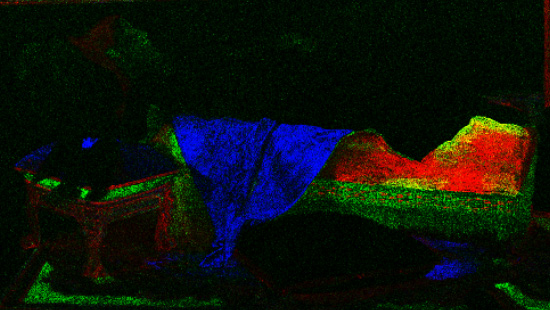
Ramón Frade (1875 – 1954)
One of the first active painters in PR in the early twentieth century. His art was devoted to undercovering and exalting the traits of Puerto Rican identity. His subjects provide a snapshot of customs and traditional pursuits. Out studies revealed a very aggressive modification made by the artist in Reverie d’ amour (1905), the reasons behind this modification remains unknown.
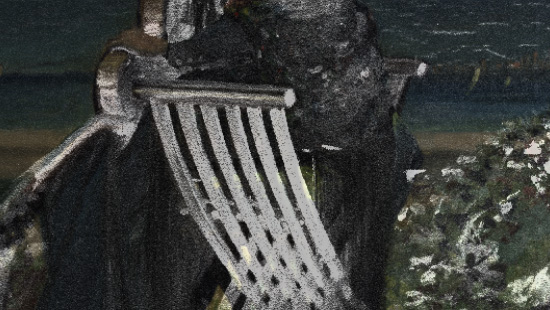
José Cuchy y Arnau (1875 – 1936)
Trained in Puerto Rico, in 1874 he went to Spain to study art at the Escuela Especial de Pintura in Madrid. In his paintings, which he signed “Cuchy”, he worked in portraiture, the representation of popular characters, and still life’s.







